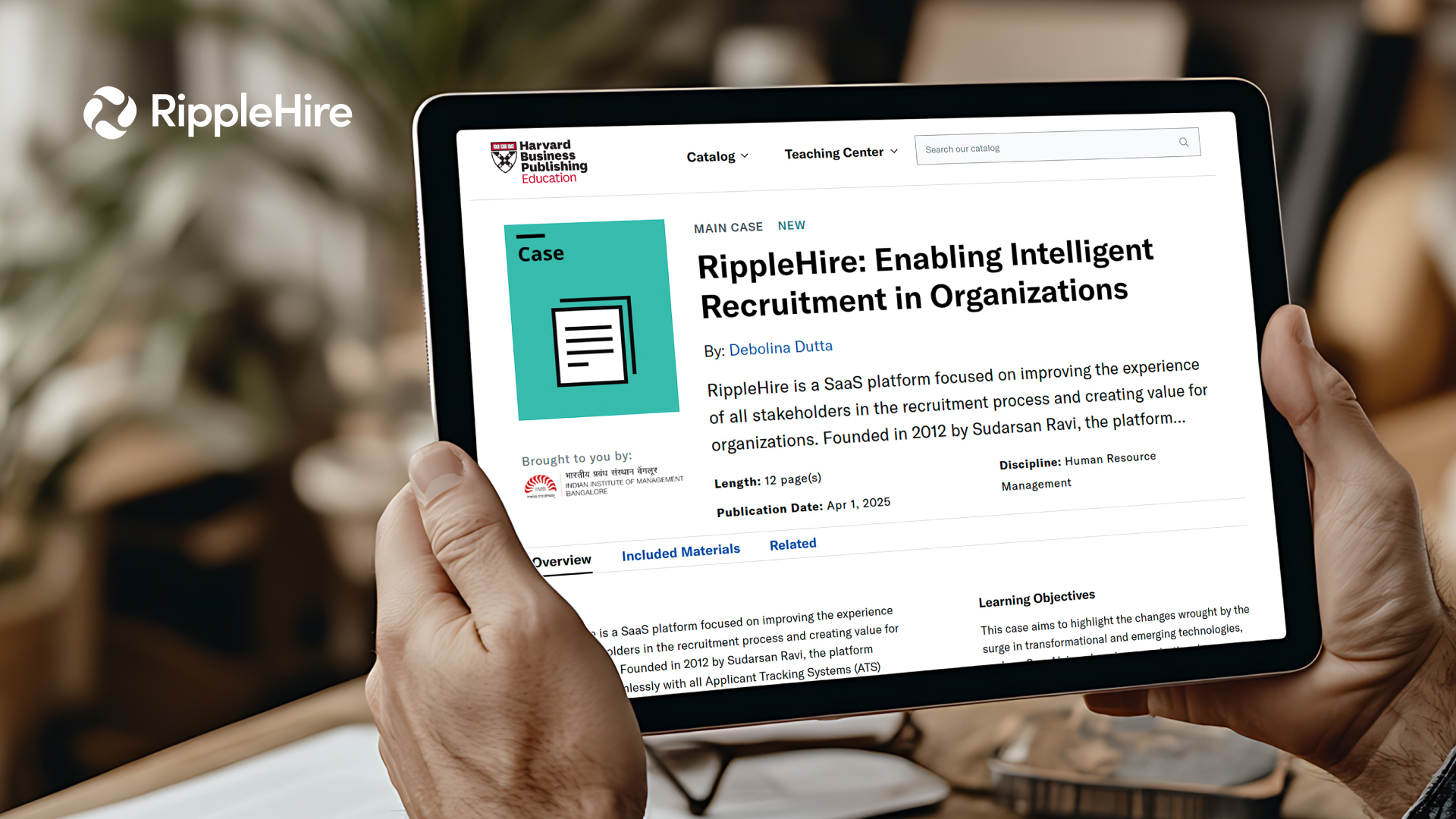5 Reasons Why a Mailbox Is a Disaster for a Referral Program
Running a referral program out of a mailbox might seem like the easy way to get started. After all, how hard can it be to receive resumes by email?
Turns out — very hard. And very ineffective.
At first glance, this approach looks simply: create a mailbox, ask employees to forward resumes, and let recruiters pick it up from there. But if you’re trying to build a scalable, high-performing referral program, a mailbox is not just inefficient. It’s a complete disaster.
Let’s unpack why.
1. It’s Hard to Communicate Open Jobs
The first breakdown in a mailbox-based referral process is communication.
Employees are often in the dark about which jobs are open. Without a centralized listing of roles, recruiters are left sending all-hands emails filled with job descriptions, links, and copy-pasted requirements.
Even with the best of intentions, this approach fails. Why?
Because employees don’t always read those emails. Even if they do, remembering the job requirements when their friend reaches out two weeks later is next to impossible. And this means a lot of mismatched profiles get sent to recruiters.
2. Employees Can’t Validate Profiles
If you want quality referrals, your employees need to know two things:
-
What roles are open
-
What the ideal candidate looks like
When you run your program through a mailbox, employees are left guessing. They forward resumes because their friend asked — not because the candidate fits a role. That puts all the burden on recruiters to sort through the noise.
Also, without job-level context, employees don’t know which resumes are already in the system. This often results in duplicates or outdated submissions that waste everyone’s time.
3. Recruiters End Up Processing 3X More
When every resume is dumped into a single mailbox, it’s chaos.
No tagging. No candidate-job linkage. No way to sort by department or seniority. Recruiters are left manually sifting through every resume, trying to figure out:
-
Is this profile relevant?
-
Which job could it match?
-
Is it a duplicate?
-
Has this candidate already been processed?
This manual effort is 3X more than what’s required with a referral platform that routes resume to the right job with full context.
And the worst part? There’s no way to track status or report back — which leads us to the next point.
4. There Are No Status Updates for Employees
One of the reasons referral programs lose steam is the lack of feedback.
Your employee refers a friend by email. Then… silence. No acknowledgment. No status update. Nothing. They’re left wondering:
-
Did the recruiter even see the resume?
-
Did my friend get called?
-
Will I ever get the bonus?
Eventually, the silence turns into disengagement. Employees stop referring altogether.
This isn’t just about being courteous. It’s about building trust in the system.
A mailbox gives employees the illusion of a formal referral program — but none of the follow-through. Expectations are set, but nothing is tracked. And that leads to frustration.
RippleHire’s referral engine keeps your employees updated automatically. From resume submission to joining bonus — everything is transparent.
5. A Mailbox Doesn’t Help Your Employer Brand
A well-run referral program doesn’t just get you candidates — it amplifies your employer brand.
But a mailbox doesn’t give your employees a way to broadcast open roles in their networks. There’s no shareable job link, no social media post option, no way to say, “Come join me at my company — here’s the job.”
When referrals happen on a platform, your brand gets extended through every employee touchpoint. When it’s stuck in a mailbox, it stays invisible.
And that’s a missed opportunity.
Why a Mailbox Fails the Referral Triangle
For any referral program to succeed, three things need to come together:
-
The employee should be engaged
-
The candidate should match an actual job
-
The recruiter should be able to process and respond quickly
A mailbox-based system puts the entire burden on the recruiter to manage all three. And that’s not scalable.
At best, it’s a workaround. At worst, it’s a black box.
With no structure, no visibility, and no accountability — your referral program loses the trust of your employees and the confidence of your hiring managers.
What’s the Alternative?
A high-performance referral system built for scale.
RippleHire is a high-performance ATS that makes employee referrals effortless, transparent, and effective. Instead of manually tracking resumes and emailing job updates, recruiters can:
-
Share live jobs with employees at the click of a button
-
Enable easy referrals with smart job matching
-
Auto-track every candidate and give status updates
-
Reward employees transparently
-
Cut processing time by half
The result? Better quality referrals. Faster closures. Happier employees.
FAQ: Referral Program Through Mailbox
Q1: Why do some companies still use a mailbox for referrals?
Because it feels simple and cost-effective. But it’s a short-term fix that causes long-term damage to efficiency and employee trust.
Q2: What’s the biggest risk with a mailbox system?
Lack of visibility. Employees don’t know what happens after they refer. Recruiters get overwhelmed with mismatched profiles. The program loses momentum.
Q3: How does an ATS improve referrals?
An ATS like RippleHire automates job sharing, tracks candidate status, and routes referrals to the right recruiter. This reduces manual work and improves response time.
Q4: Can an ATS help with employer branding too?
Yes. RippleHire enables employees to share jobs on social platforms, helping extend your brand into new networks.
Q5: What’s the ROI of moving away from a mailbox system?
Companies that move to RippleHire typically see a 30–40% increase in referral participation and a significant drop in recruiter effort per hire.
Ready to retire the mailbox?
Switch to RippleHire — the high-performance ATS that turns your referral program into a growth engine. Book a demo now.






